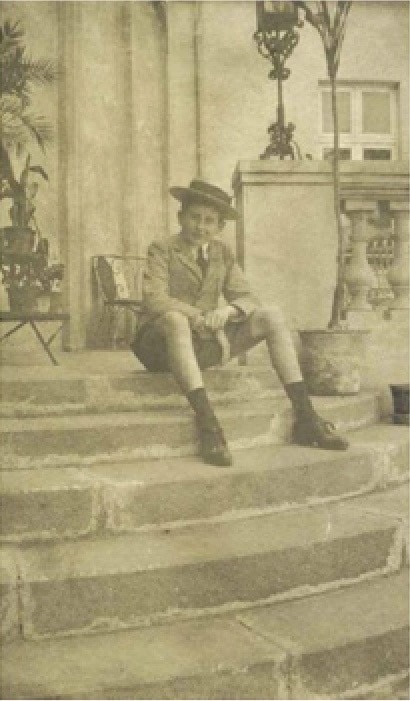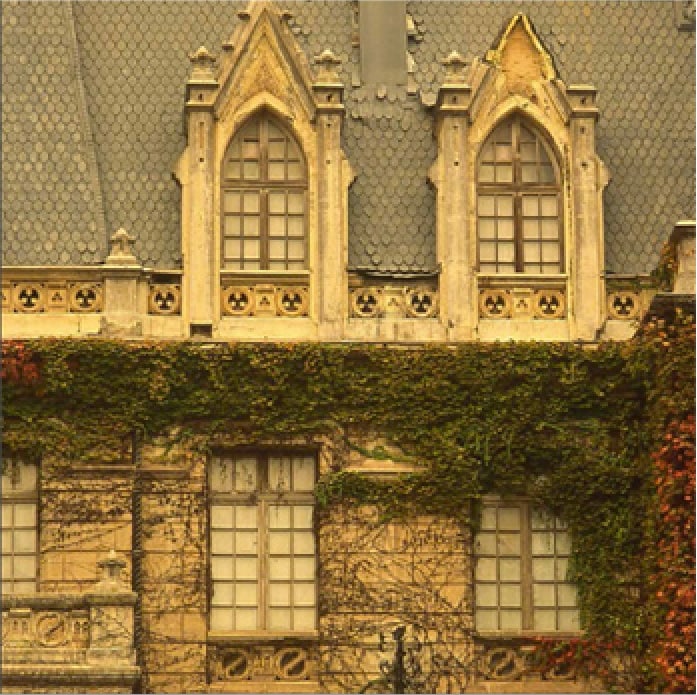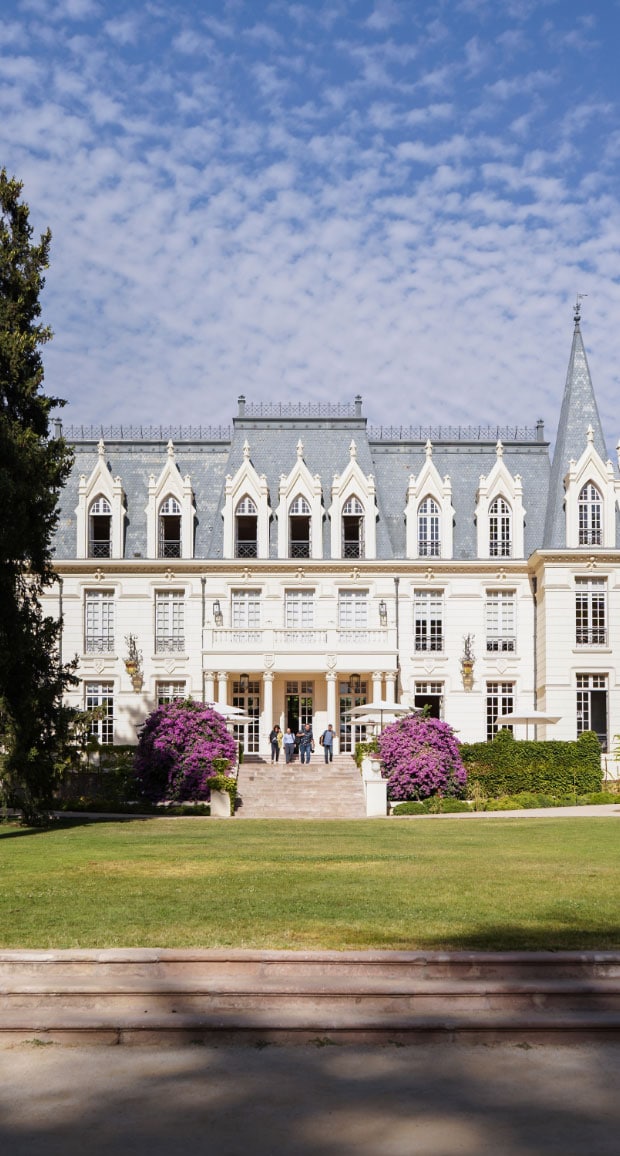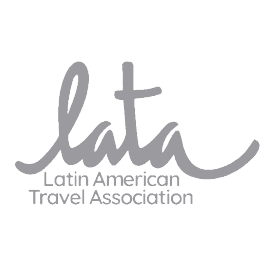History
Pirque & Las Majadas
Pirque is a fertile and cultivated land, well protected on the south, east and west by the pre-mountain range hills. On its northern border we find the Maipo river, separating it from the city of Santiago and on the south side the river Clarillo. One does not go through Pirque to get to another destination, Pirque is the destination. This makes it a protected and almost isolated place, conserving its traditions and its rural way of life, quiet and quite colourful. Its beginnings date back from the pre-columbine age, when the Picunches natives inhabited the land. In the mid-16th century, the valley got divided between land bestowed to Don Alonso de Córdova and the encomienda of Don Rodrigo de Quiroga, husband to Doña Inés de Suárez. After this marriage died, Don Alonso acquired the encomienda of chief Sebastián and Pirque became known as El Principal de Cordova. In 1620 Cordova’s widow, Victoria Urbina, sold the property and since then it has changed owners regularly.
This led Pirque in a slow decline until in 1764 it was acquired by Don José de Gana, who rebuilt its facilities. Don José passed away in 1786 and the land was inherited by his children. Later, in 1830, their offspring sold the property to Don Ramón Subercaseaux Mercado, a 40-year-old successful mining businessman. He constructed Pirque’s most important project of that time: The Pirque Canal, which, until today, guides the waters of the Maipo river and distributes them over the valley.



In 1854, mainly due to this great project and other advances, Pirque became the third richest province of Santiago. Ramón Subercaseaux Mercado passed away in 1859 and in 1864 the Pirque Hacienda got divided in 6 small farms, between his children and his wife Magdalena Vicuña. She inherited Santa Rita, while her daughter Manuela received La Isla, her son Antonio got El Cruceral, doña Emiliana El Llano, Carmela got San Juan and his youngest son, Francisco, inherited Las Majadas. Francisco, only 21 years old, was a young brilliant businessman. A tireless traveller, who used to come to visit his mother’s house and his tenant Manuel Jesús Carvajal, who grew the famous grazing fields of Las Majadas. He longed for a house in his parcel and constructed a park on a soft slope nearby the canal his father constructed. Many years later he built a small but elegant colonial house in the middle of the already grown trees. When he was off on one of his journeys, his children, the Subercaseaux Browne, wanted to surprise him and in 1905 instructed the architect Alberto Cruz Montt to build a new house for Las Majadas. On their behalf, the park was entrusted to the landscaper Guillermo Renner, who redesigned it and who, alongside the already exiting trees, decided to plant numerous other exotic species, thus following the tradition of that time.
In 1907, due to the salt crisis, Francisco Subercaseaux saw himself obligated to sell many of his properties in order to settle his debts but kept Las Majadas, which, after his death, came to the hands of his wife. It was kept in the family until 1928 when it was sold to Don Julio Nieto, a successful farmer from the Aconcagua Valley.
After his death, his only son, José Julio Nieto Espínola, inherited the property and improved the now called Las Majadas estate through hard agricultural work. Don José Julio, alongside his wife, Elvira Varas Montt, turned Las Majadas into their home. It was here that their children grew up: Hortensia, Isabel, Luz, Elvira, Julio and Antonio. They saw that working the land and family life with their cousins got a little bit entangled with more and more social gatherings. Some of those social gatherings consisted of celebrating the transfer of power of the president Don Gabriel González Videla and even welcoming the vice President of the United states Mr. Wallace or Price Bernard of the Netherlands. Also, each summer, hundreds of people would congregate in the memorable missions of the Capuchin monks, performed in their chapel. After Don José Julio Nieto’s passing in 1972, the property was divided amongst his children. The house stayed in the hands of Doña Elvira Varas, who gathered her family in Las Majadas every summer. When she passed away in 1987, her descendants had to take charge of the property. They opened up the park to the community by performing the successful and awaited concerts of the Rosita Renard Foundation. At the same time, they developed a real estate project which attracted new neighbours around the heart of the park.
It was in 2006 that a young Argentinian businessman, Wenceslao Casares, got to know the park and palace, fell in love with the property and decided to buy it in order to call it his home. However, business led him to relocate and he finally ended up in Palo Alto, California, and Las Majadas needed to find a noble use. That’s when, in 2010, Wenceslao associated himself with his friend and Chilean businessman Pablo Bosch. They set out their goal to make Las Majadas the first meeting place in Latin America, focused on building bridges between people with common goals, based on trust and reciprocity. A true factory of human networking, defined by the philosopher Francis Fukuyama as social capital.







